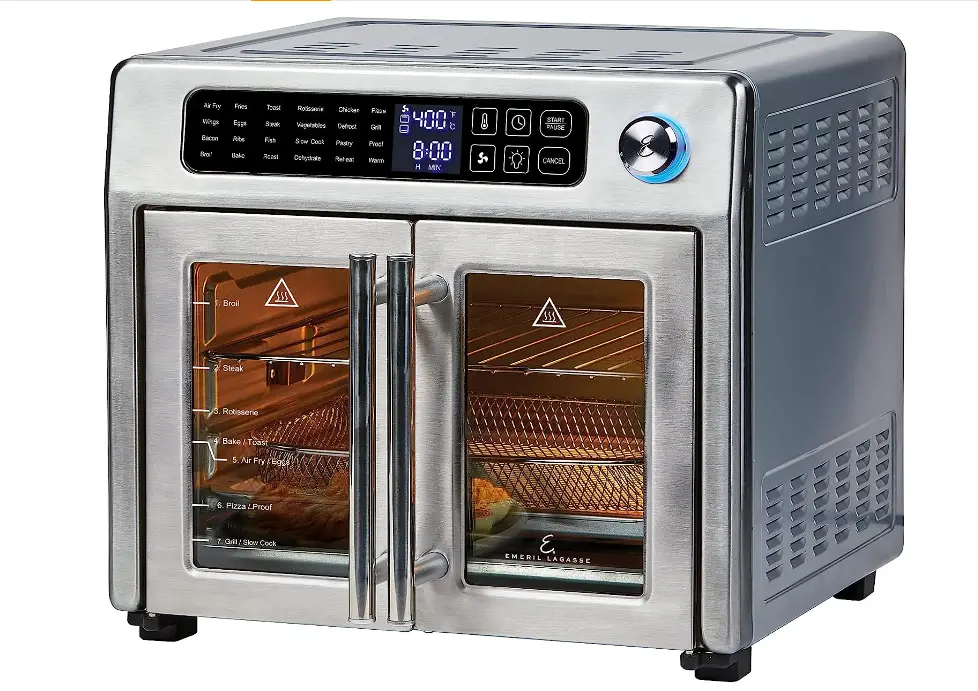If you’re wondering, “are convection ovens more expensive?”, you’re certainly not alone. Many homeowners find themselves weighing the costs and benefits of convection ovens as opposed to their conventional counterparts. In this guide, we’ll delve deep into the factors that influence the expense of owning a convection oven.

Table of Contents
Are Convection Ovens More Expensive?
Below, we talk about the factors that affect the price of convection ovens to help you determine if they will be more expensive for you.
The Initial Investment
One of the first questions that come to mind when thinking about purchasing a convection oven is how much it will cost upfront. Typically, convection ovens tend to have a higher initial investment than traditional ovens.
You’ll find that their prices can range anywhere from $300 to $3000, depending on the brand, size, and features. Conventional ovens, on the other hand, usually start at a lower price point.
Operational Costs
While it’s true that convection ovens often require a larger upfront investment, they can be more cost-efficient in the long run. Convection ovens circulate hot air using a fan, which helps food cook more quickly and evenly.
This efficiency usually results in shorter cooking times and lower energy bills. To see if a convection oven will be more cost-effective in the long run, you’ll need to consider your energy rates and how often you use the oven.
Read more convection oven topics here – Convection Oven: Your Ultimate Guide
Repairs and Maintenance
It’s also important to factor in the cost of repairs and maintenance when determining whether convection ovens are more expensive. Since convection ovens have more components, such as a fan and an additional heating element, they may be more susceptible to wear and tear. Repairs can be costly, depending on the nature of the problem and the availability of replacement parts.
Quality and Longevity
The build quality of a convection oven can also impact its overall cost. A high-quality convection oven may be more expensive upfront but can outlast a cheaper model, offering better value for your money in the long run. It’s advisable to read customer reviews and consult trusted sources before making a purchase to ensure you’re getting a durable product.
Additional Features and Accessories
Modern convection ovens often come with additional features like digital displays, timers, and preset cooking modes. While these features can make cooking more convenient, they also contribute to the overall cost of the appliance. Assess whether these features are essential for your cooking needs or if they are merely optional add-ons that you can do without.
Warranty and Customer Support
Don’t overlook the cost implications of the warranty and customer support that come with your convection oven. A longer warranty period or a more comprehensive customer support plan could tip the scale in favor of a more expensive model, as these aspects can save you money and hassle in the long term.
Resale Value
Another aspect to consider is the resale value of the convection oven. High-end models from reputable brands often have a better resale value compared to budget-friendly options. Although this won’t reduce the initial cost, it’s a factor that could mitigate the overall expense over time.
Are Convection Ovens More Expensive?: Conclusion
In summary, while convection ovens generally have a higher initial cost, various factors like operational expenses, repair and maintenance costs, and longevity can affect the total cost of ownership. Assessing all these elements will give you a comprehensive understanding of whether a convection oven will be more expensive for you in the long run.
